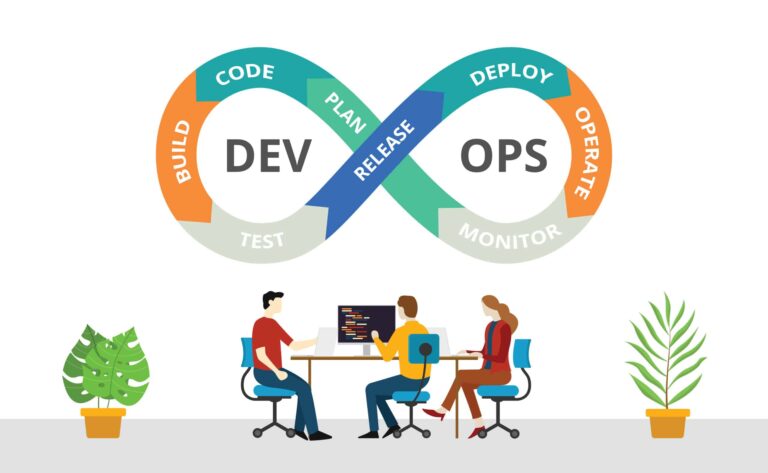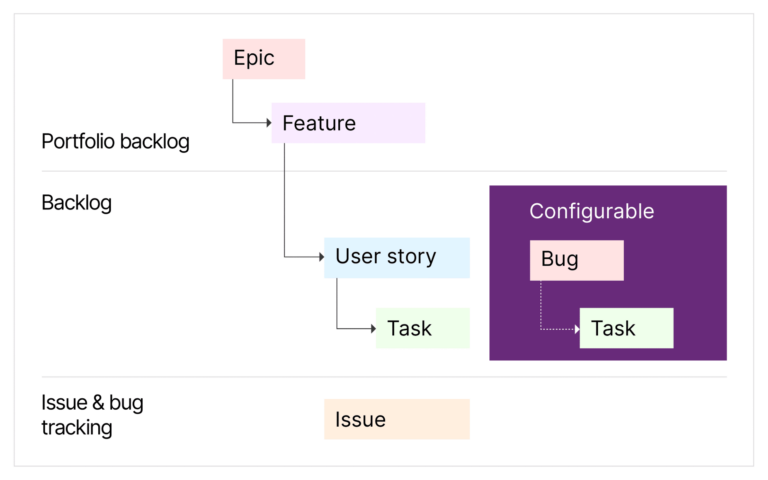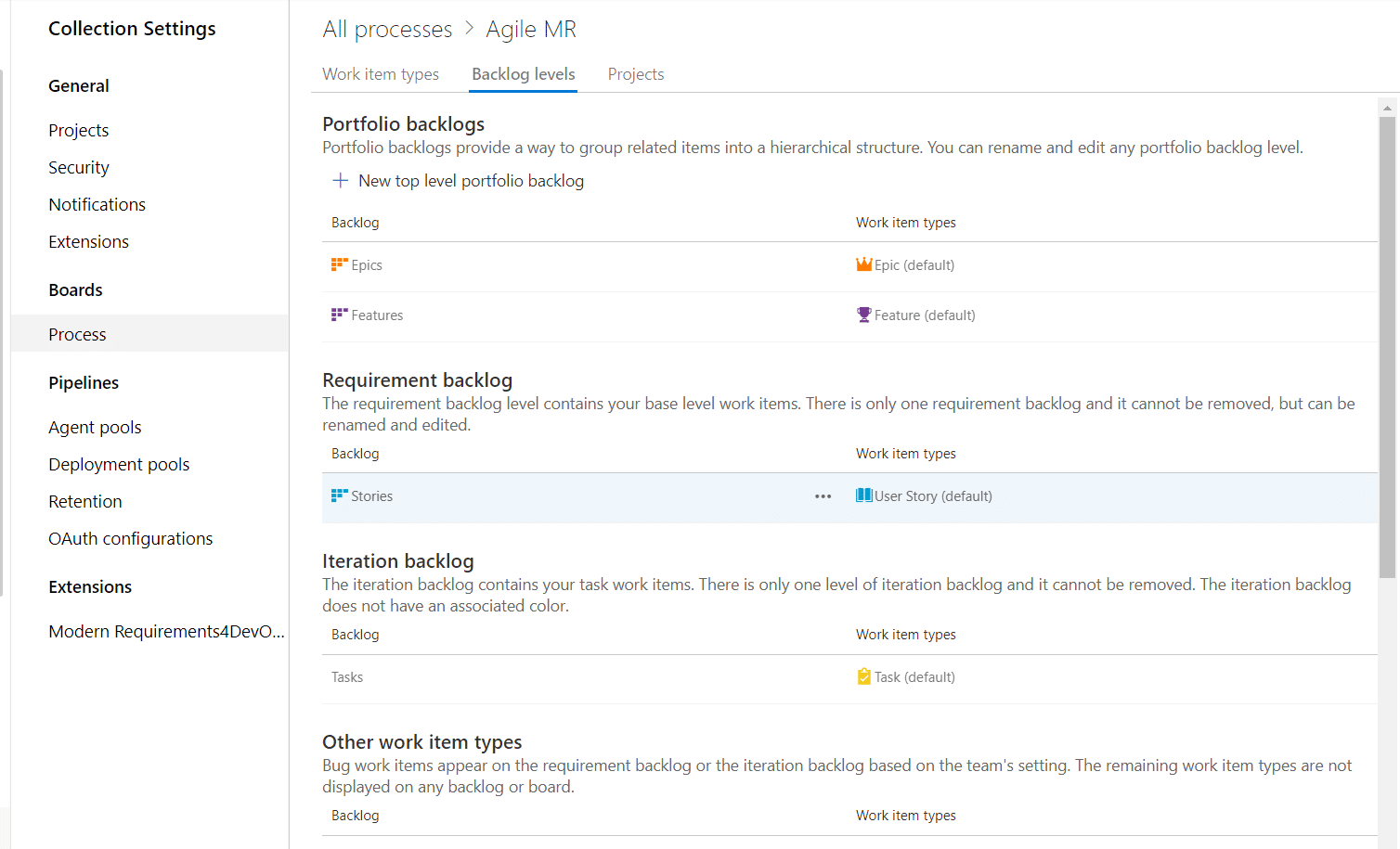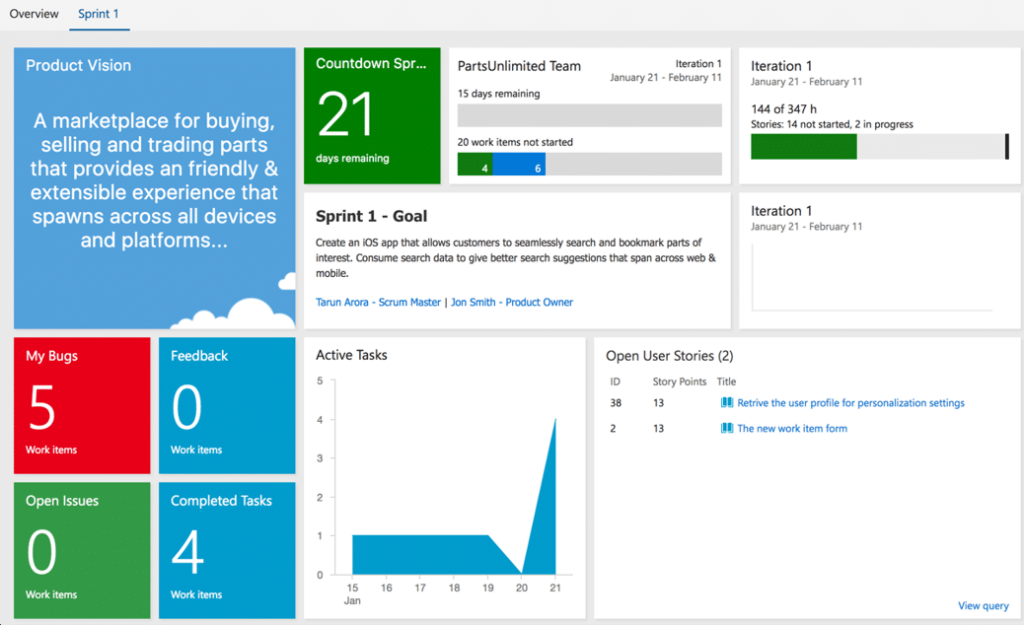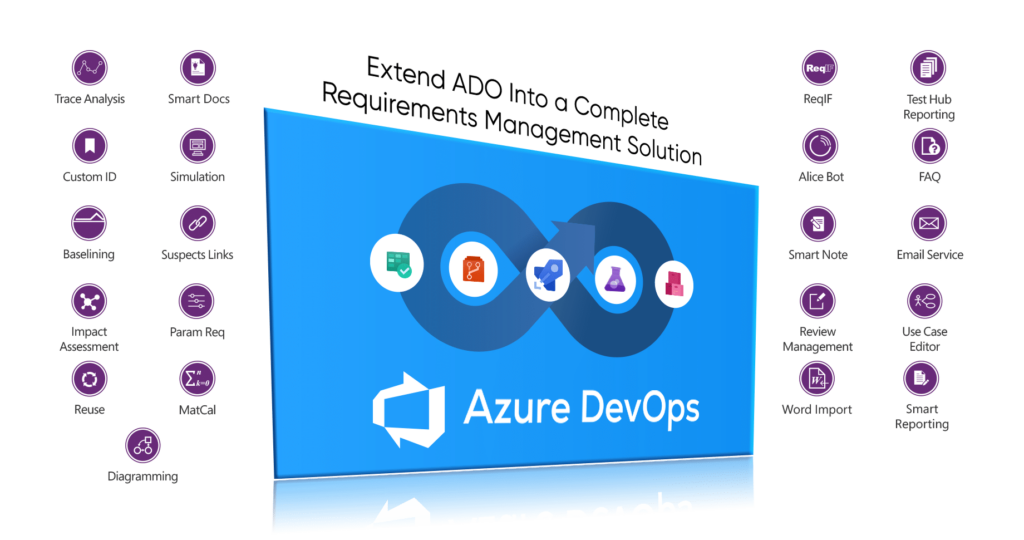Double your productivity and efficiency with this AI-powered requirements management assistant.
Continue readingLearning Azure DevOps
Learn the fundamentals of working with Azure DevOps. Learn all of the native modules in this fast-paced tutorial series.
Continue readingIntroduction to Requirements in Azure DevOps
What Is Impact Assessment in Azure DevOps?
Microsoft Azure customers worldwide now gain access to Modern Requirements4DevOps to take advantage of the scalability, reliability, and agility of Azure to drive application development and shape business strategies.
Continue readingDocumenting Azure DevOps Test Plans
In this article you get a brief overview of what the Azure DevOps Test Plans module is how it works, and how you can document your test outcomes easily. You will also learn about the architecture of Azure DevOps itself.
Continue readingManaging ISO 17491 Compliance within Azure DevOps using Modern Requirements
Comply with ISO 17491 in an automated and efficient manner
Continue readingHow to Facilitate the Medical Device Design Controls in Azure DevOps
Today’s medical device companies are being challenged like never before. The market for medical devices is growing at approximately 5% compounded each year. KPMG, in a recent report, estimated that this market will reach about $800 billion dollars by 2030.
Continue readingSupercharge Your Requirements Management in Azure DevOps: A Demo of Modern Requirements4DevOps
2021
Continue readingModern Requirements4DevOps Now Available in the Microsoft Azure Marketplace
Microsoft Azure customers worldwide now gain access to Modern Requirements4DevOps to take advantage of the scalability, reliability, and agility of Azure to drive application development and shape business strategies.
Continue readingFacilitate Risk Management for Medical Devices Within Azure DevOps
2021
Continue reading



